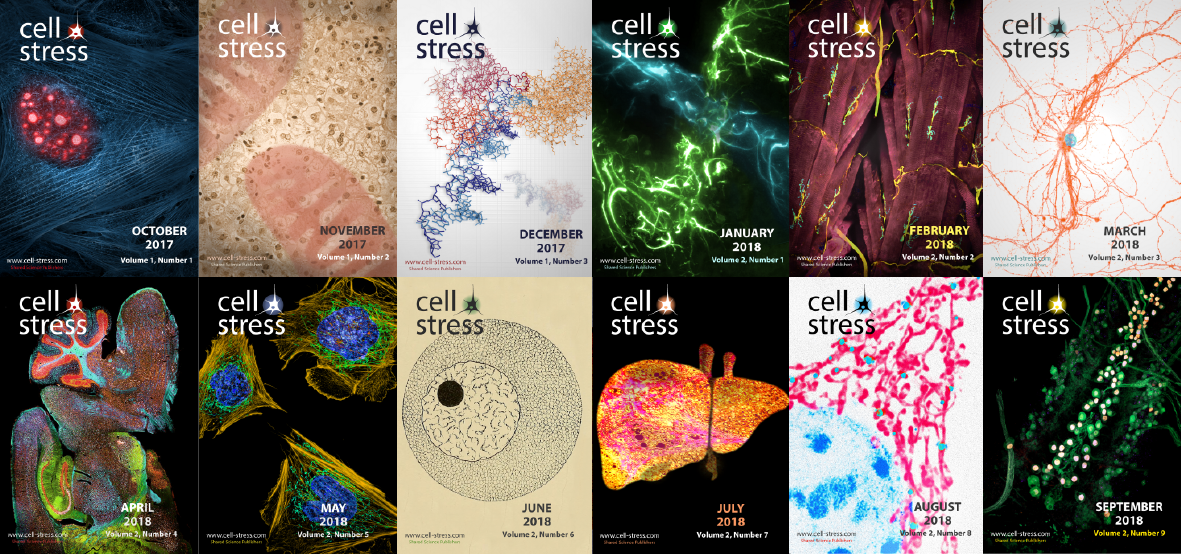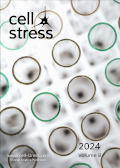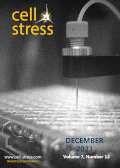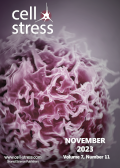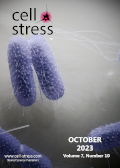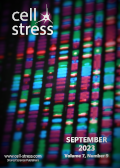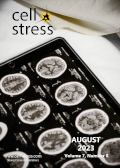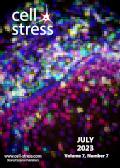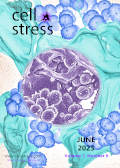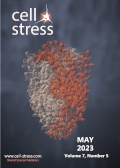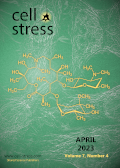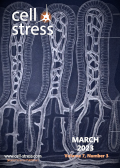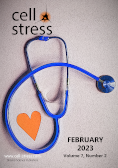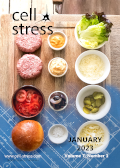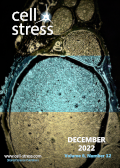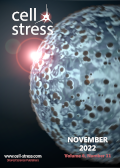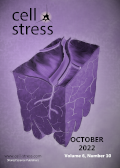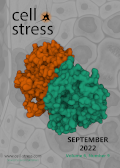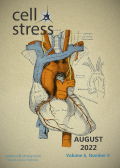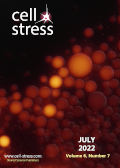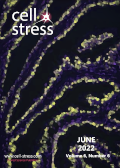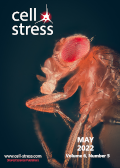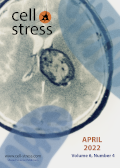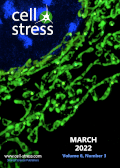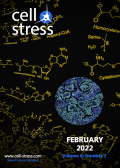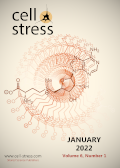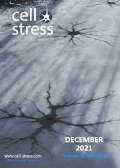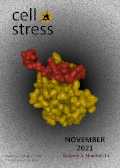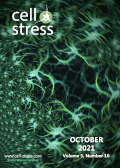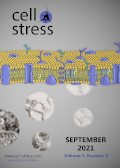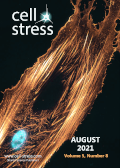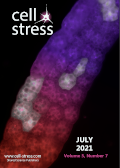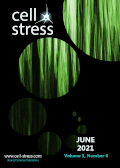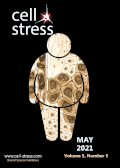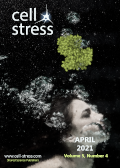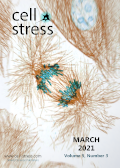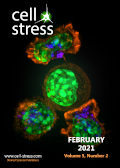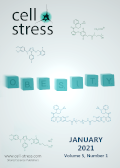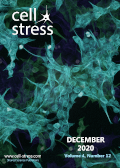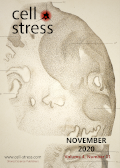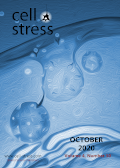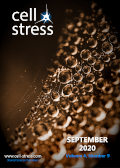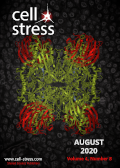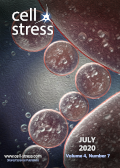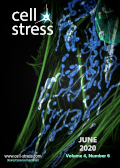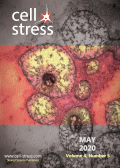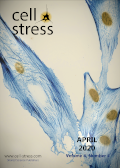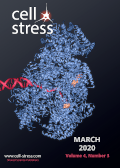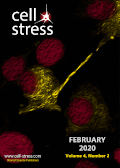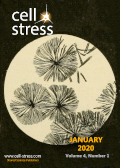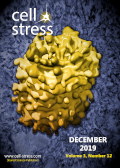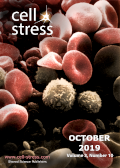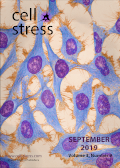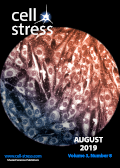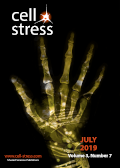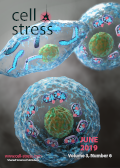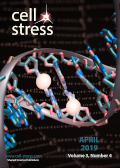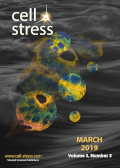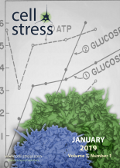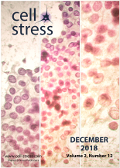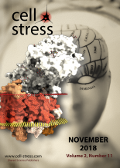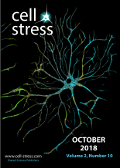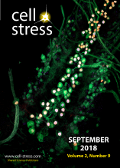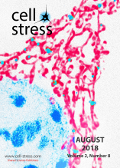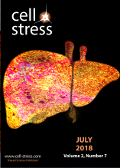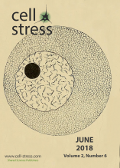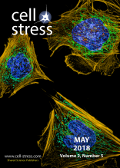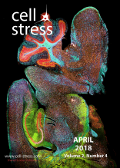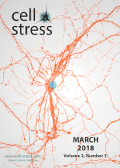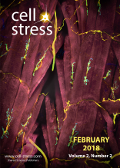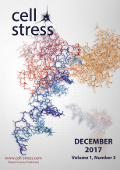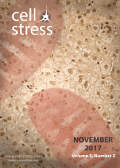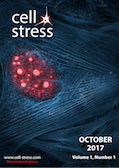Cell Stress indexed in Web of Science Emerging Sources Citation Index
Cell Stress is proud to announce that it has been accepted for inclusion in the Web of Science Emerging Sources Citation Index (Clarivate Analytics). Journals indexed in ESCI are selected by the Clarivate editorial staff based on their high publishing standards, high-quality editorial content, and citation metrics from Web of Science. Note that as a selected journal, Cell Stress will be evaluated for inclusion in the Science Citation Index Expanded™ (SCIE).

Cell Stress Honorary Founding Editor Beth Levine dies at age 60
We are deeply saddened by the death of our Honorary Founding Editor Dr. Beth Levine, who passed away after a long battle with cancer in June 2020. The field of autophagy research has lost a brilliant scientist and an esteemed colleague and our condolences go out to her family and friends.
Cell Stress accepted in Scopus
It is with great pleasure and pride that we can announce the acceptance of Cell Stress to be included in Scopus, Elsevier’s abstract and citation database. Cell Stress has passed the rigorous evaluation process and will officially be listed in a couple of months. Thus, our journal will soon be subject to an official scientific ranking and citation analysis as well as an independent quantitative quality measure. This achievement would not have been possible without your high quality submissions as well as the support of our Editorial Board.

Coronavirus outbreak: Perspective by leading infection biology researchers is now online
In light of the current SARS-CoV-2 pandemic, top scientists Didier Raoult, Alimuddin Zumla, Franco Locatelli, Giuseppe Ippolito and Guido Kroemer give a comprehensive overview on the challenges of this global health crisis. Open access full text is available at www.cell-stress.com or PMC.
Cell Stress indexed in Chemical Abstracts Service
After an extensive evaluation period, we are proud to announce that Cell Stress is now indexed in the Chemical Abstracts Service (CAS) databases. The prestigious division of the American Chemical Society represents the largest collection of information on disclosed chemistry and related research, making it the world’s authority for chemical information. Applications for inclusion in further repositories are underway.
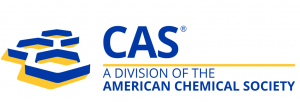
Cell Stress is awarded the DOAJ Seal
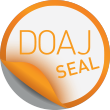
We are are proud to announce that Cell Stress has been awarded the DOAJ Seal for journals with outstanding open access practice and exceptionally high publishing standards by the Directory of Open Access Journals (DOAJ). After the inclusion in Pubmed Central, this Seal signifies the most postitive development of our emerging journal. You may learn more about the DOAJ Seal here.
Cell Stress accepted in Pubmed Central
It is with great pleasure that we announce the inclusion of Cell Stress in Pubmed Central (PMC). Our journal has passed a rigorous evaluation and, since the end of June 2019, all articles (also retrospectively starting from the first issue) are archived and searchable through PMC and PubMed. With this coverage, papers published in Cell Stress will be more visible and reach more readers.
This great achievement would not have been possible without the work of our editors, the high quality submissions of all our authors, and the commited help of all referees involved during the past 2 years. We are most grateful for their support. Having reached this milestone, the next step in establishing the journal will be to pursue a high impact factor. Thus, we ask you to further continue supporting Cell Stress as readers, reviewers, editors, and authors to further accompany us in this endeavor.

Cell Stress celebrates its first year
With the October 2018 issue, we celebrate Cell Stress‘ first year of publishing high-quality research. Since it first appeared in October 2017, the journal has received more than 30.000 page visits from more than 40 different countries. Notably, page visits have doubled between 2017 and 2018, demonstrating that Cell Stress‘ visibility is rapidly increasing. In the course of this year, Cell Stress has published more than 80 articles from authors all around the globe, which are starting to be cited by the research community.
We have received groundbreaking reports and outstanding reviews from world-leading scientists, including articles by the groups around Varda Shoshan-Barmatz, Frank Lyko, Salvador Aznar Benitah, Sebastian Hiller, G. Gregory Neely, Zhi-Min Yuan, Giuseppe Servillo and Andrea Ballabio, among many others. The evaluation of these submissions was supported by the expertise of high-profile referees across the world. We are also honored to announce that Cell Stress has recently been included in the Directory of Open Access Journals (DOAJ), which indexes high quality, open access, peer-reviewed journals.
In the course of the next year, Cell Stress will apply for inclusion in PubMed Central (PMC) and Web of Science (Clarivate Analytics). We are looking forward to draw our next balance, at the latest when we celebrate the 25th issue of Cell Stress, together with our outstanding Editorial Board, our authors, referees, and readers.
Cell Stress indexed in the Directory of Open Access Journals (DOAJ)
It is our pleasure to announce that Cell Stress has been accepted to be indexed in the Directory of Open Access Journals (DOAJ), the reference guide for quality open-access, scholarly journals. You may find the entry here.
DOAJ is a whitelist of open access journals and aims to be the starting point for all information searches for quality, peer reviewed open access material. Thus, it aims to be comprehensive and cover all open access scientific and scholarly journals that use a quality control system to guarantee the content. Importantly, a DOAJ membership is a clear statement of intent and proves a commitment to quality, peer-reviewed open access. Accordingly, Cell Stress adheres to the Principles of Transparency and Best Practice in Scholarly Publishing as elaborated by the Committee on Publication Ethics, the Directory of Open Access Journals, the Open Access Scholarly Publishers Association and the World Association of Medical Editors.
Cell Stress joins Crossref and J-Gate
(November 29, 2017)
Cell Stress has joined Crossref. The Crossref network was founded to make reference linking throughout online scholarly literature efficient and reliable and develop other services that are best achieved through collaboration. As a DOI registration agency Crossref, enables links to and from online scholarly content and is committed to long term sustainability.
A DOI is a unique alphanumeric string assigned to a digital object – in this case, an electronic journal article. In the Crossref system, each DOI is associated with a set of basic metadata and a URL pointer to the full text, so that ituniquely identifies the content item and provides a persistent link to its location on the internet. Thus, each article published so far and in the future by Cell Stress will obtain a unique DOI identification number that will be displayed as part of the paper’s reference.
Furthermore, Cell Stress has been accepted for indexing in J-Gate, one of the largest e-journal indexing platforms. Applications for inclusion in other indices are currently underway.
Cell Stress indexed in SHERPA/RoMEO
(October 12, 2017)
Cell Stress is now indexed in RoMEO, the searchable database of publishers’ copyright and self-archiving policies for pre-prints and post-prints of SHERPA Services (UK). Applications for inclusion in other indices are currently underway.
Long-term archiving of Cell Stress secured
(October 11, 2017)
Cell Stress proudly announces that it has partnered with the Austrian National Library (http://www.onb.ac.at/) to ensure digital long-term archiving and perpetual access to its complete content and thus to all published articles. This partnership secures that the information stored in this repository will outlast the transience of digital information carriers.
Inaugural issue of Cell Stress successfully launched!
(October 1, 2017)
The first issue of Cell Stress has been launched this October 2017: its content reflects the complexity and importance of disease-relevant cellular responses to endogenous and exogenous stress. As part of the European Research Institute for Integrated Cellular Pathology (ERI-ICP), the purpose of this peer-reviewed journal is to act as a connecting hub for high-impact and quality research in all areas from basic research to therapy development and evaluation.
Cell Stress’ regular issues are released every second Monday of the month; however, accepted papers may be found as advance publication articles prior to the release of the issue they have been assigned to. Cell Stress runs as an open access online journal, thus allowing unrestricted and free access to all published articles. Please, take a look at Cell Stress’ high class Editorial Board, including five Nobel Laureates and more than 30 members of different National Academies of Science. To learn more about the journal, we invite you to view our inaugural editorial and roam through our website.
Cell Stress offers readers and experts all over the world a common, peer-reviewed stage to develop and transfer technical and experimental knowledge, to understand cellular and organismal stress and, ultimately, to combat disease.
We are looking forward to your high quality submissions!

